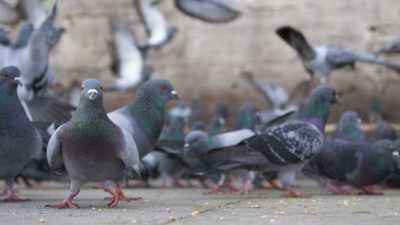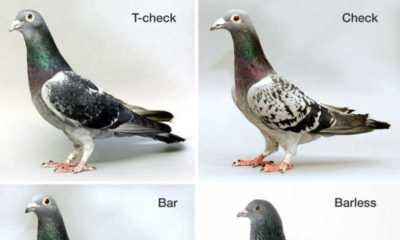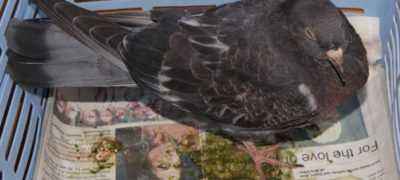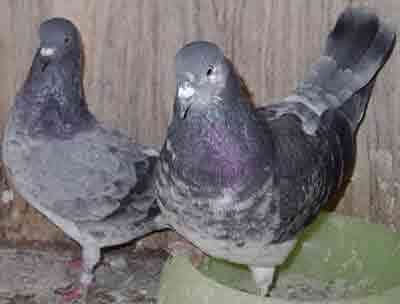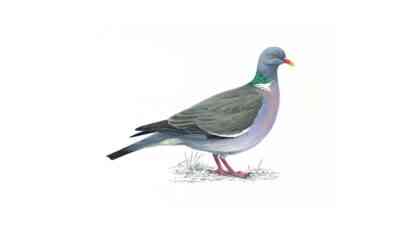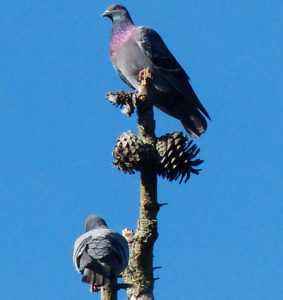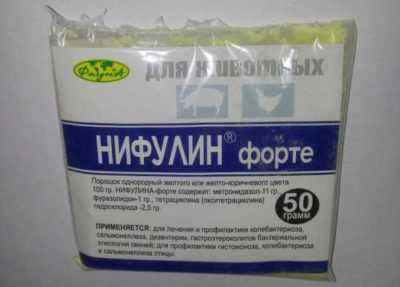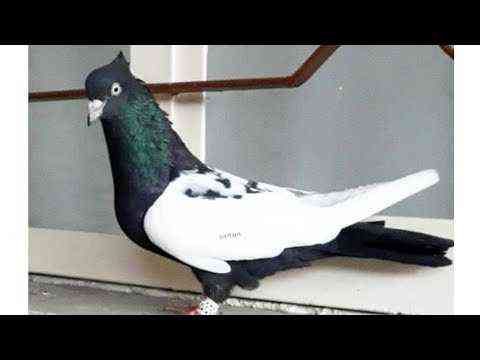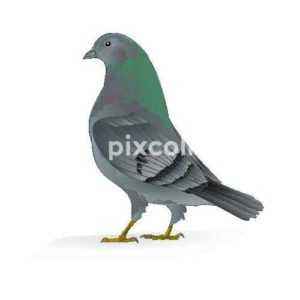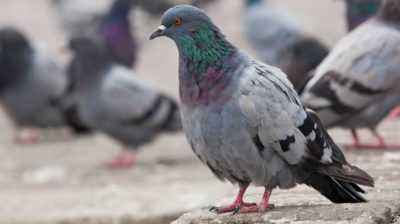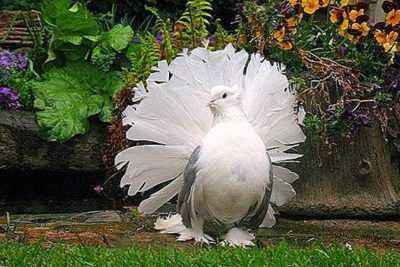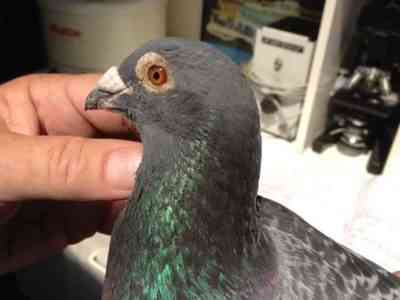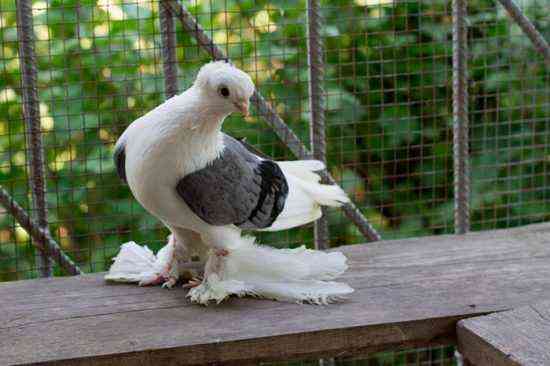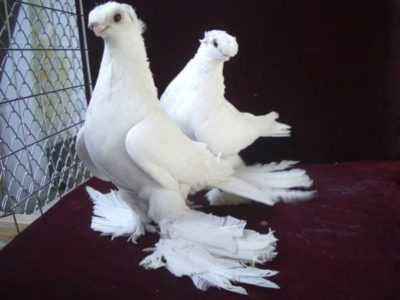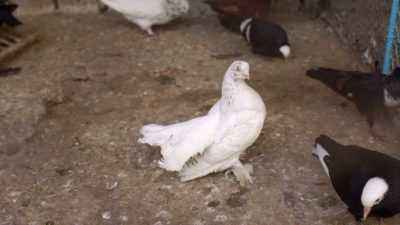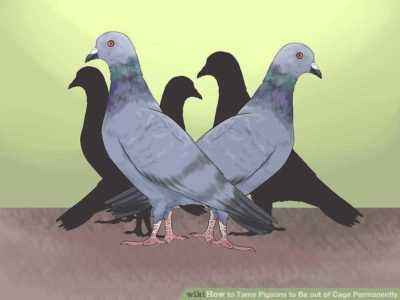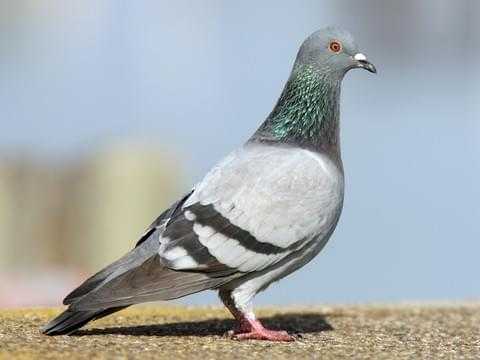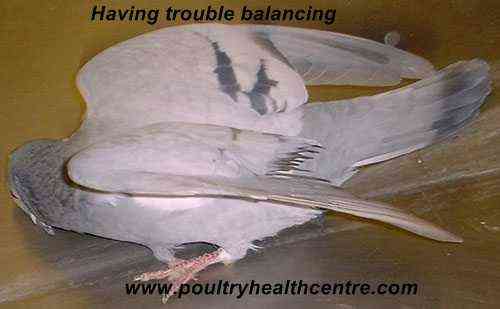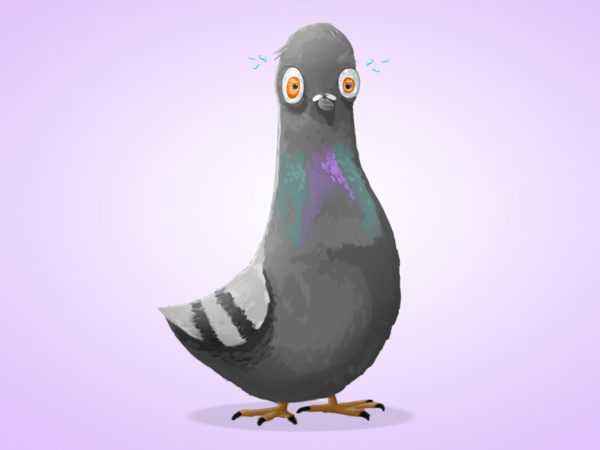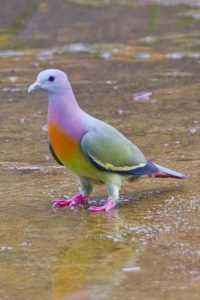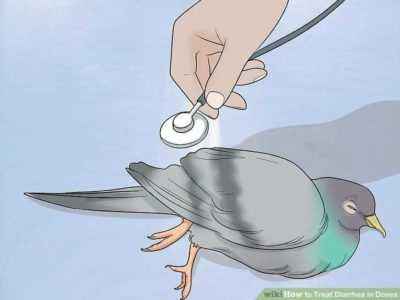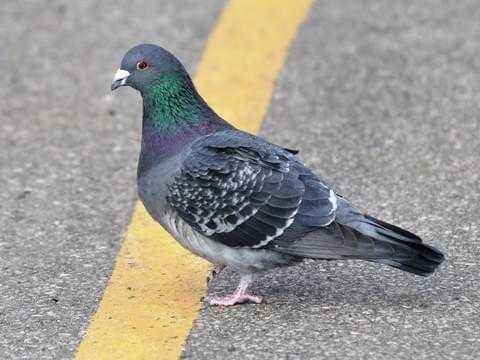Meat breeds of pigeons are popular around the world. Their homeland is considered to be the Mediterranean. Even the ancient Greeks, Romans and Egyptians raised these birds for subsequent consumption. The meat pigeons went for meat, which is considered a valuable delicacy, and therefore it was cooked in the homes of wealthy residents.
- Content of meat pigeons
- How and what to feed meat birds
- Breeds of meat pigeons
- Gigantic breeds
- Chicken breeds of pigeons
- Meat breeds of pigeons
- Breeding <

Meat breeds of pigeons
Later, information was obtained on the benefits of pigeon meat. Indeed, the product contains up to 22% protein, which makes it an indispensable source of energy. Due to its low content eating fat, meat is well absorbed and considered dietary.
Beef pigeon breeding has long been popular in the USA and Europe. In the CIS, pigeon breeding has not taken root. Here, attention was paid to birds appreciated for their beauty of flight and appearance. breeds of pigeons fly very little or do not fly at all.
Content of meat pigeons
Pigeon breeding at home implies that before breeding meat breeds of pigeons for breeding, it is necessary to carefully think over their future place of residence. Many farmers keep pigeons in the attics of summer houses or build a house specially. The room should have a canopy and protection against temperature extremes. It should be suitable for both summer and winter maintenance.Also, air ventilation and heating should be built.
To get healthy birds, we recommend that you observe all aspects of growing, feeding and quality care. After acquiring pigeons, they must be checked with a veterinarian and only then run into a new house.
Housing requirements:
- The temperature inside the dovecote should always be above 0 ° C.
- It is better if the windows face the south side.
- Nests should be made low, since meat pigeons do not fly much.
- It is necessary to constantly monitor the cleanliness of the litter and disinfect the entire room at least 2 times a year.
How and what to feed meat birds
The basis for feeding meat birds should be cereals. Rye, oats and lupins should be excluded from the diet, as they are dangerous to the health of birds. Well suited for the preparation of the feed mixture barley, wheat, sunflower seeds, peas, corn, millet. Also essential components of the diet are protein and minerals. As minerals, lime, river sand, red brick chips, clay, charcoal or eggshell are added to the feed.
The feed mixture must be periodically enriched with vitamins A, E and fish oil.
Pigeons should always have water. Without life-giving moisture, birds will not live a day.Do not give spoiled or moldy food, because the weak digestive system of birds is not able to properly digest spoiled food. You also need to monitor drinking bowls and feeders. Drinking water should always be clean at room temperature. If feathers or small debris fall into the water, change it for a fresh one.
Breeds of meat pigeons
In total, about 800 breeds of meat pigeons are known.
With proper care and maintenance, individuals gain about 700 g in 1.5 months. Such pigeons are fed according to a certain technology, in the morning they are given a small amount of food, and in the evening – already a large amount of food. Servings are reduced only when the iris of young animals becomes the same color as that of adults.
Gigantic breeds
They are also called giant pigeons. Birds of this species are very large, obese, practically losing their ability to fly, even their photos amaze the eye. Giants are appreciated for their mass and meat characteristics.
- Strasser. The meat of these birds is most often used in cooking. The weight of Strasser pigeons reaches 750 g in males and up to 550 g in females. Birds are highly fertile. On average, the female incubates the chicks 7 times a year. The main disadvantage of the breed is pugnacious. If you keep weak and strong individuals in one pen, conflicts and fights are possible. To prevent this from happening, they should be kept separately.
- King.King breed was bred in the USA in 1890. The result is Kingi, who has long legs, a large body and a raised small tail. The color of the feathers is from red and black to white or yellow. If King’s breeding was carried out according to all standards, then the weight of males can reach 850 g, females – up to 650 g. Sometimes individuals weighing more than a kilogram are found. Birds can hatch up to 16 chicks per year, which makes them especially valuable. Pigeons gain more weight when kept in a walking way, and not when grown in a cage. You can see in detail what the Kingi breed looks like in the photo.
- Carnot. The breed was bred during the widespread use of aviary. Until now, this housing option is preferred for these individuals. The mass of birds is not as large as that of similar varieties, but such a breed is actively valued by farmers around the world. The big advantage is the ability to grow rapidly and achieve maximum mass in the shortest possible time. The color of Carnot pigeons can be black, beige or brown.
Chicken breeds of pigeons
Externally, the structure of the bodies of pigeons resembles chicken. Individuals in this group gain good mass and are highly fertile. Representatives of chicken species are:
- Florentine pigeon. Italy is considered the homeland. Birds have an elongated neck, a short tail, a rounded body and long legs. Their weight reaches 900 g. Florentine individuals are distinguished by a beautiful color.Plumage can have all shades of blue, yellow, red, black. The beauty of this species is not quite able to capture photos or videos, birds must be seen live.
- Maltese dove. The birds are of Germanic origin. From other individuals this can be distinguished by a long thin neck, bare legs and growth. Pigeons make a large number of clutches, but often crush their eggs or strangle their own chicks. This breed does not build nests, they have to be done by the owners themselves. The weight of Maltese pigeons varies between 500-700 g.
- Hungarian giants. A feature of Hungarian individuals is the abundant plumage on their feet. Hungarian pigeons can raise up to 10 chicks per year. This is one of the largest breeds. An adult male reaches a mass of 1200 g, a female – up to 900 g.
Meat breeds of pigeons
The body structure of birds of this group resembles ordinary domestic pigeons, only larger. The weight of the birds is mainly more than 700 g. Representatives of this species are:
- Karburgsky Lark. The birthplace of birds with such names was the German city of Coburg. These are large pigeons with a wingspan of 80 cm. They fly very well and are caring parents. The breed is sometimes bred as poultry.
- Moravian Strasser. This is a bird of medium height with a wide torso. She has good flying abilities. The breed is appreciated for the taste of meat.Moravian pigeons are very popular in breeding, despite the fact that their weight is on average only 650 g.
- Prachensky vacation. The breed was bred in the Czech Republic, but now it is bred mainly in the Crimea. The meat of Prachensky vacation is considered the most elite delicacy and is appreciated throughout the world. It is mainly used for the preparation of gourmet dishes by the chefs of famous restaurants.
Breeding
To breed pigeons, it is necessary that the males and females be equally divided: each the individual should be able to find a mate. Under natural conditions, doves do 3 clutches a year for 2-3 eggs. If the birds are provided with sufficient lighting and heating, this figure can grow by 6–9 times.
Females are allowed to breed for 8 months. The most prolific birds are those aged 1-1.5 years. Mating can occur naturally when pigeons live together in the same enclosure. The second option is forced mating, which is used when the poultry breeder needs to obtain some specific qualities. Then a couple of pigeons are planted separately for a while.
Determine when the mating has already occurred and the birds can be returned to the common Lier, easy. They will constantly sit next to each other and gently sort out the feathers of each other.
Egg laying occurs in 11-16 days. To make sure that the eggs develop in the eggs, you need to carefully lay the egg on the spoon for 6 days and look at the clearance. If a dark spot is seen, offspring will soon appear. Another sign is a discoloration of the shell. Eggs with developing chicks begin to acquire a dull gray shade on day 8.
Pigeons hatch eggs in turn for 16-19 days (in some breeds this period lasts up to 29 days). Chicks appear helpless and blind.Only a few hours later they begin to take food from their parents. The first 2 weeks, their diet is exclusively goiter milk, then they switch to goiter gruel, which caring parents soften in goiter. Only in a month the chicks switch to a full-fledged “adult” food.
If you follow all aspects of the care and maintenance of pigeons, you can grow an excellent meat breed.
